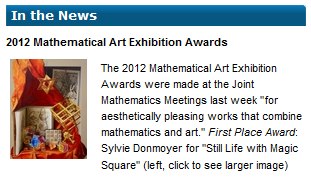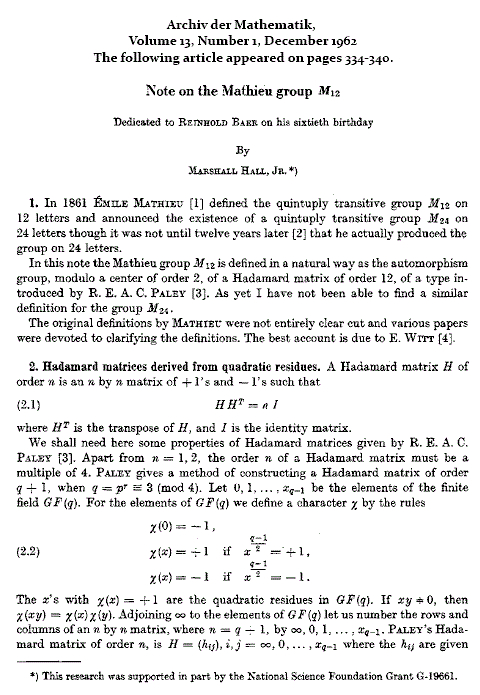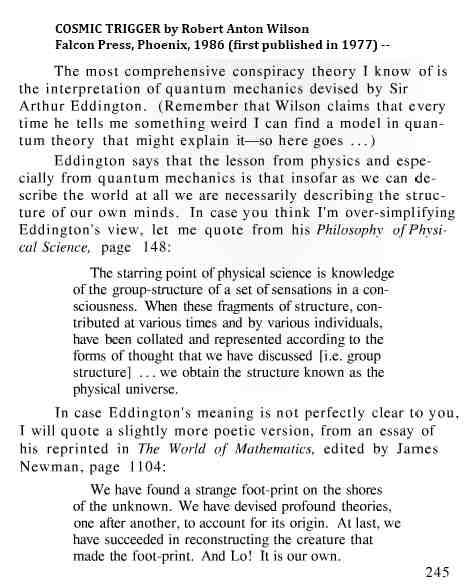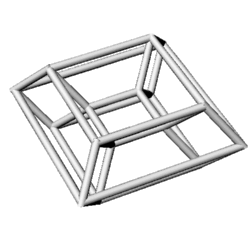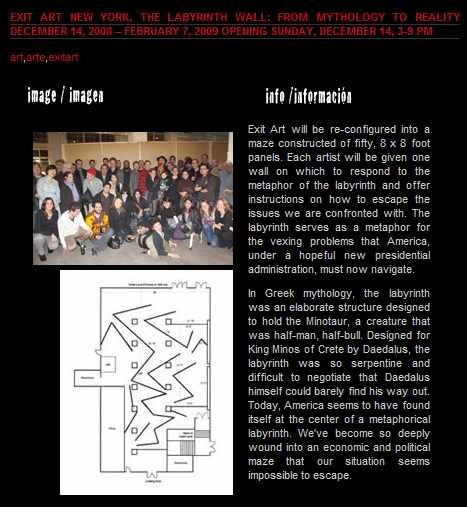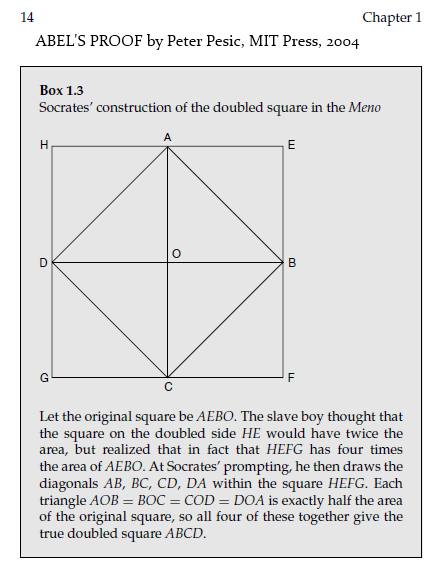From Commentary magazine on Dec. 14, 2015 —
"Three significant American magazines started life in the 1920s.
The American Mercury , founded in 1924, met with the greatest
initial success, in large part because of the formidable reputations
of its editors, H.L. Mencken and George Jean Nathan, and it soon
became the country’s leading journal of opinion."
— Terry Teachout, article on the history of The New Yorker
A search for "American Mercury" in this journal yields a reference from 2003
to a book containing the following passage —
As Webern stated in "The Path to Twelve-Note Composition":
"An example: Beethoven's 'Six easy variations on a Swiss song.'
Theme: C-F-G-A-F-C-G-F, then backwards! You won't notice this
when the piece is played, and perhaps it isn't at all important,
but it is unity ."
— Larry J. Solomon, Symmetry as a Compositional Determinant ,
Chapter 8, "Quadrate Transformations"
This is the Beethoven piece uploaded to YouTube by "Music and such…"
on Dec. 12, 2009. See as well this journal on that same date.



















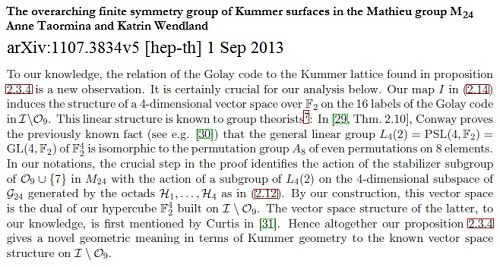












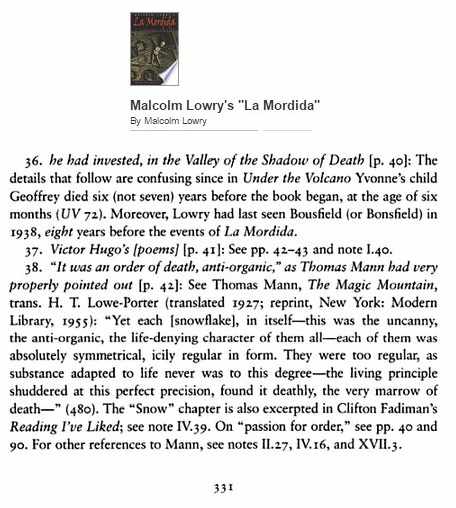




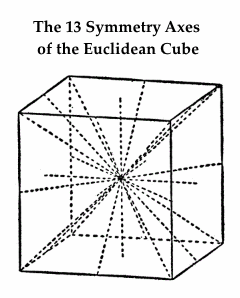



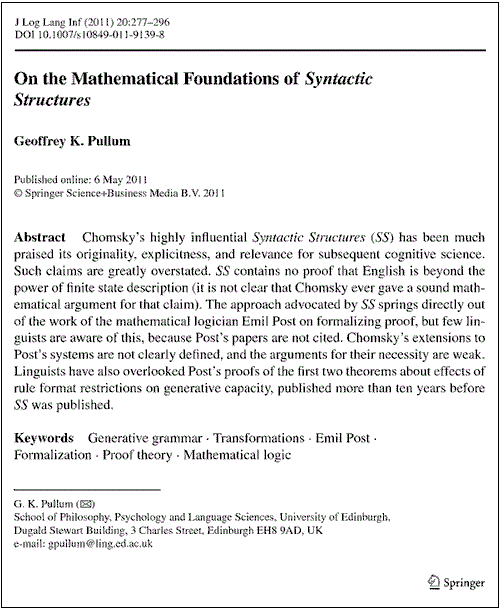
 .
.

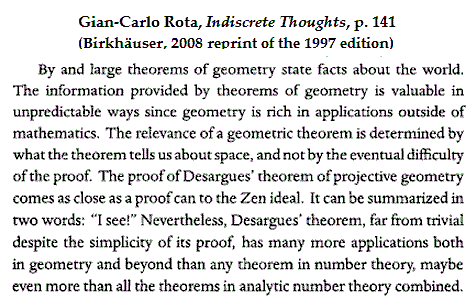










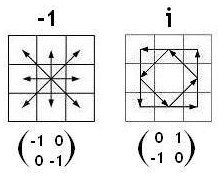









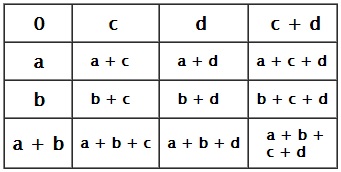







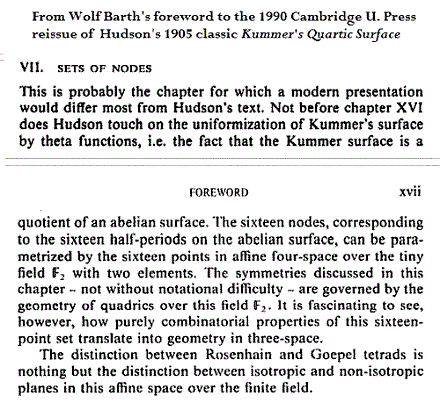











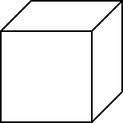


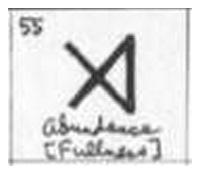
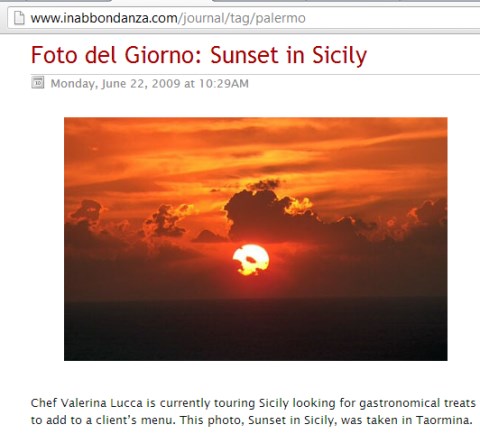








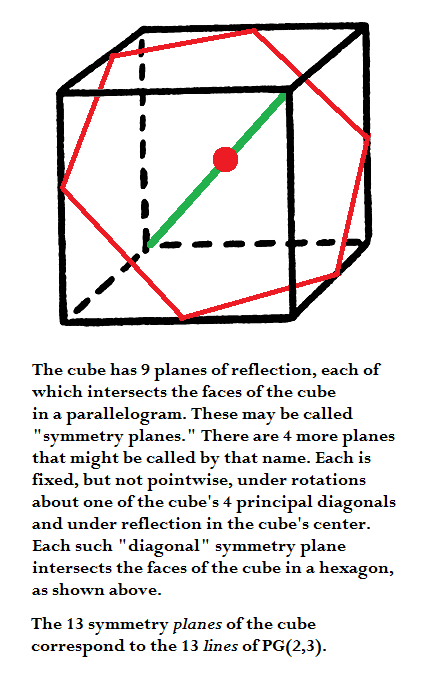

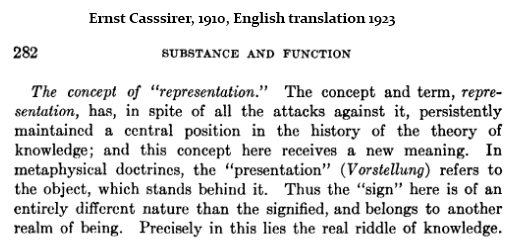








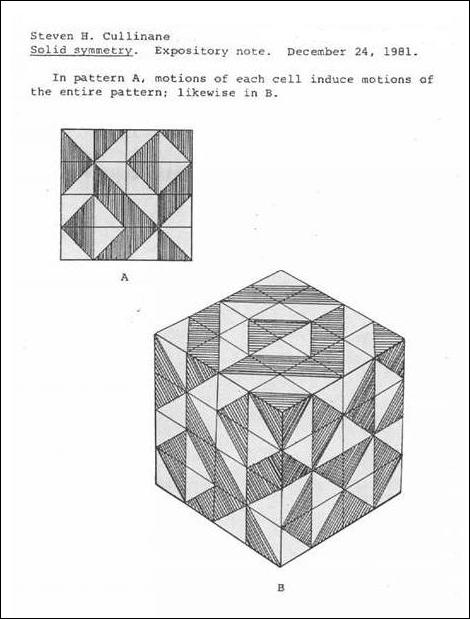
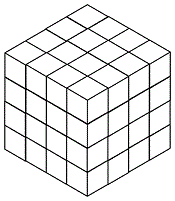
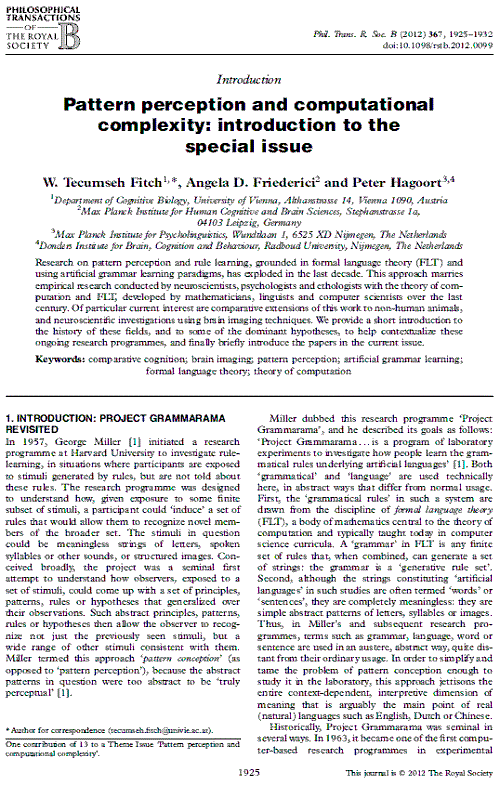








_lines_as_arrays-500w.jpg)













